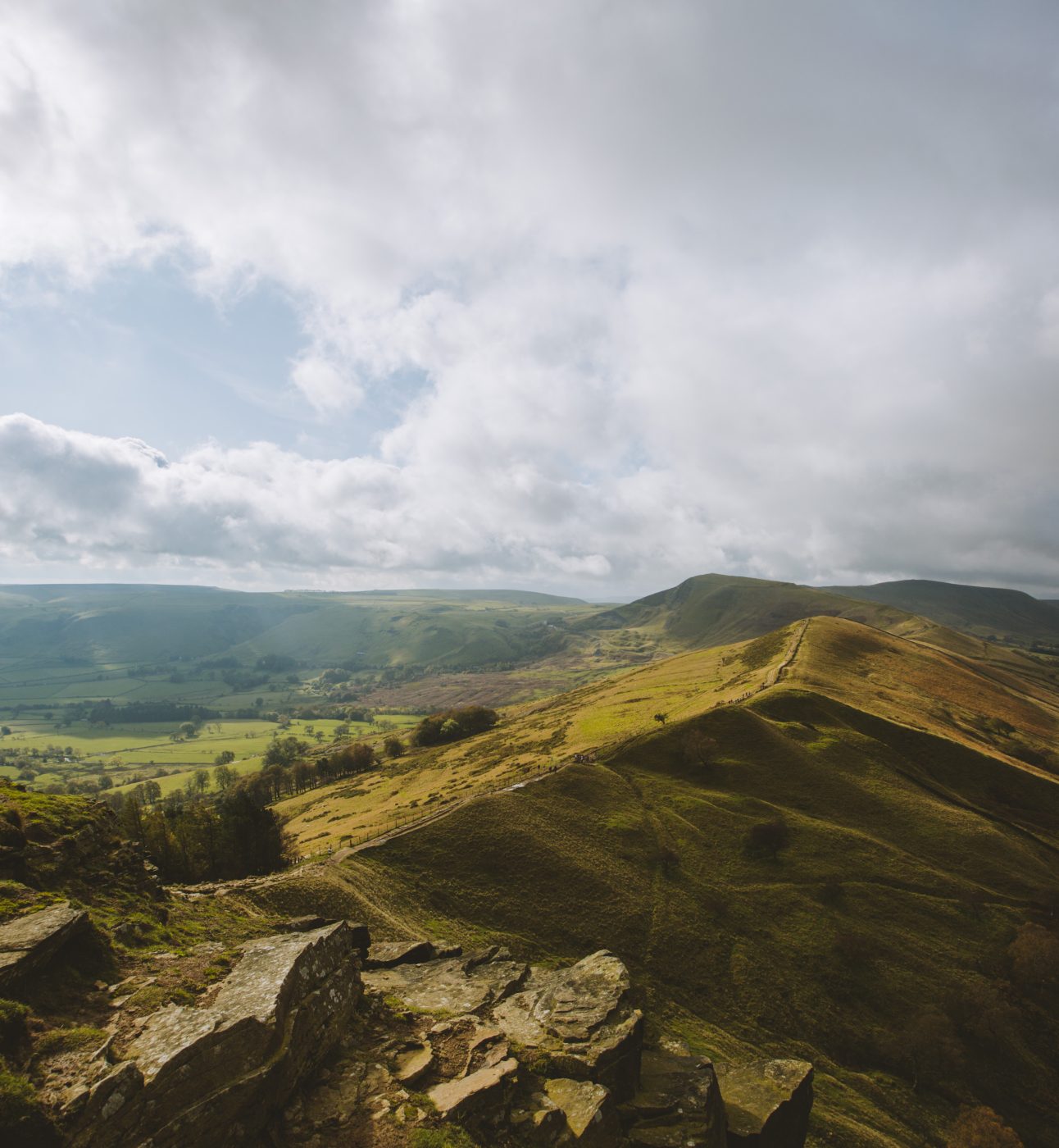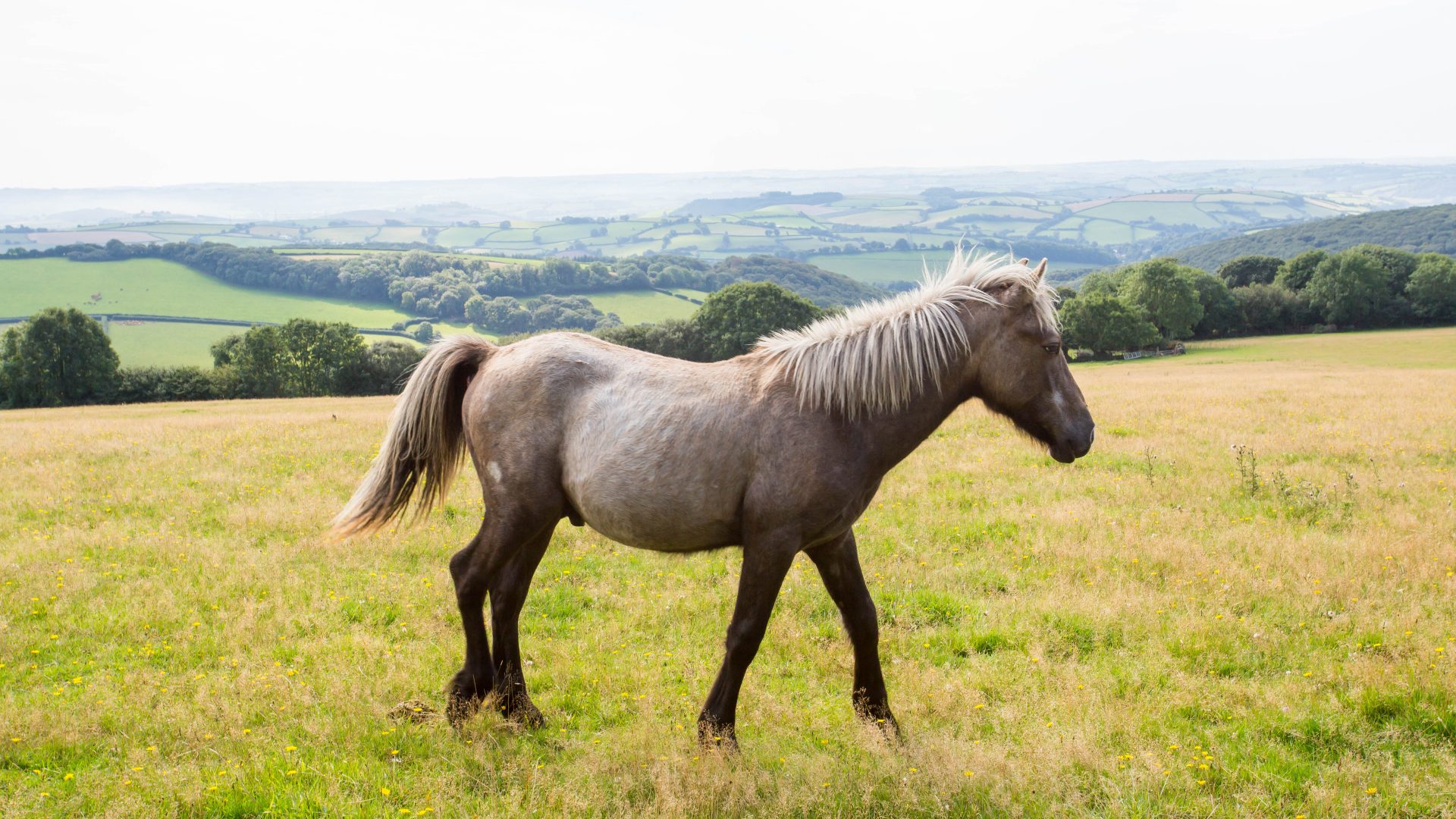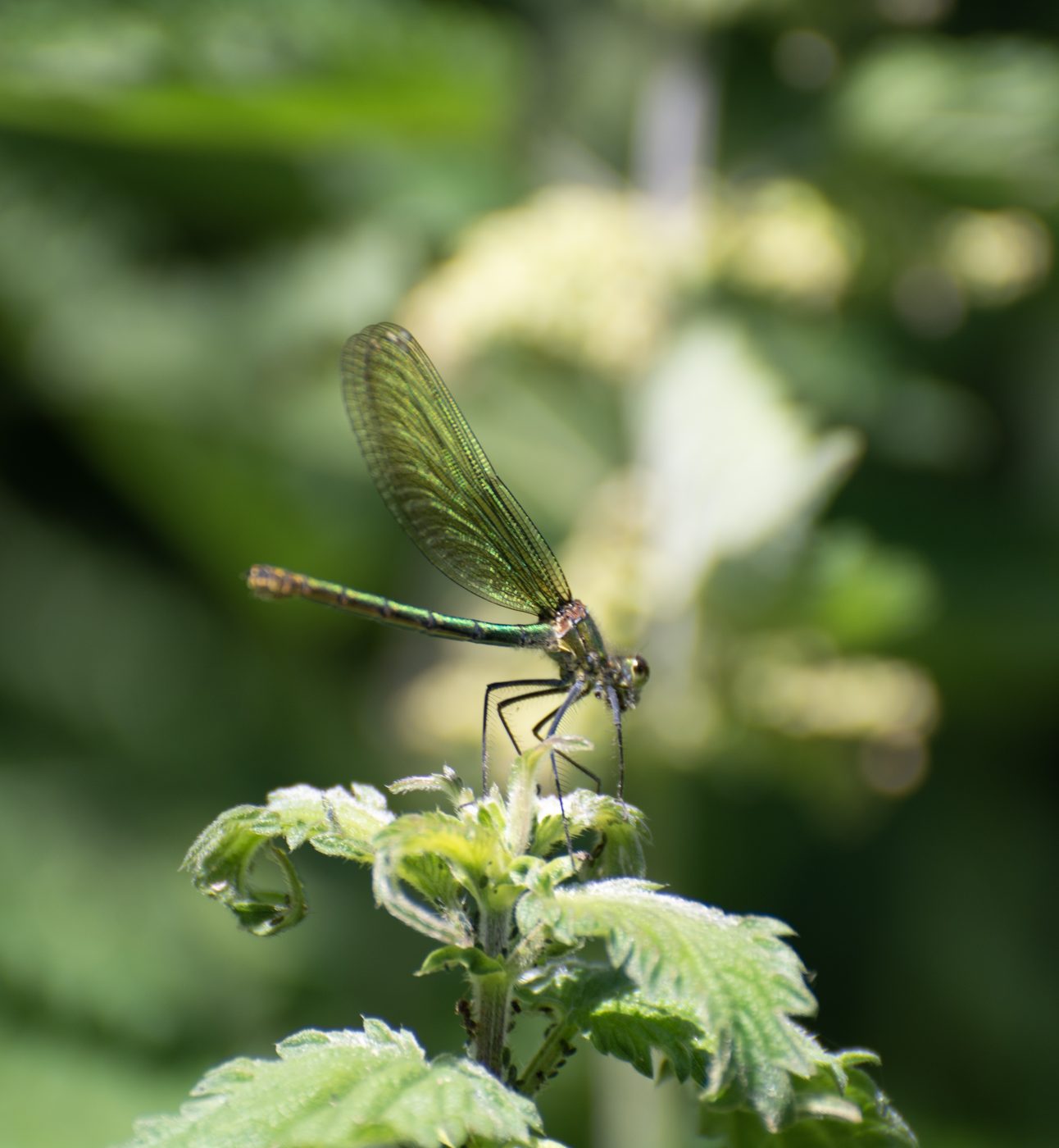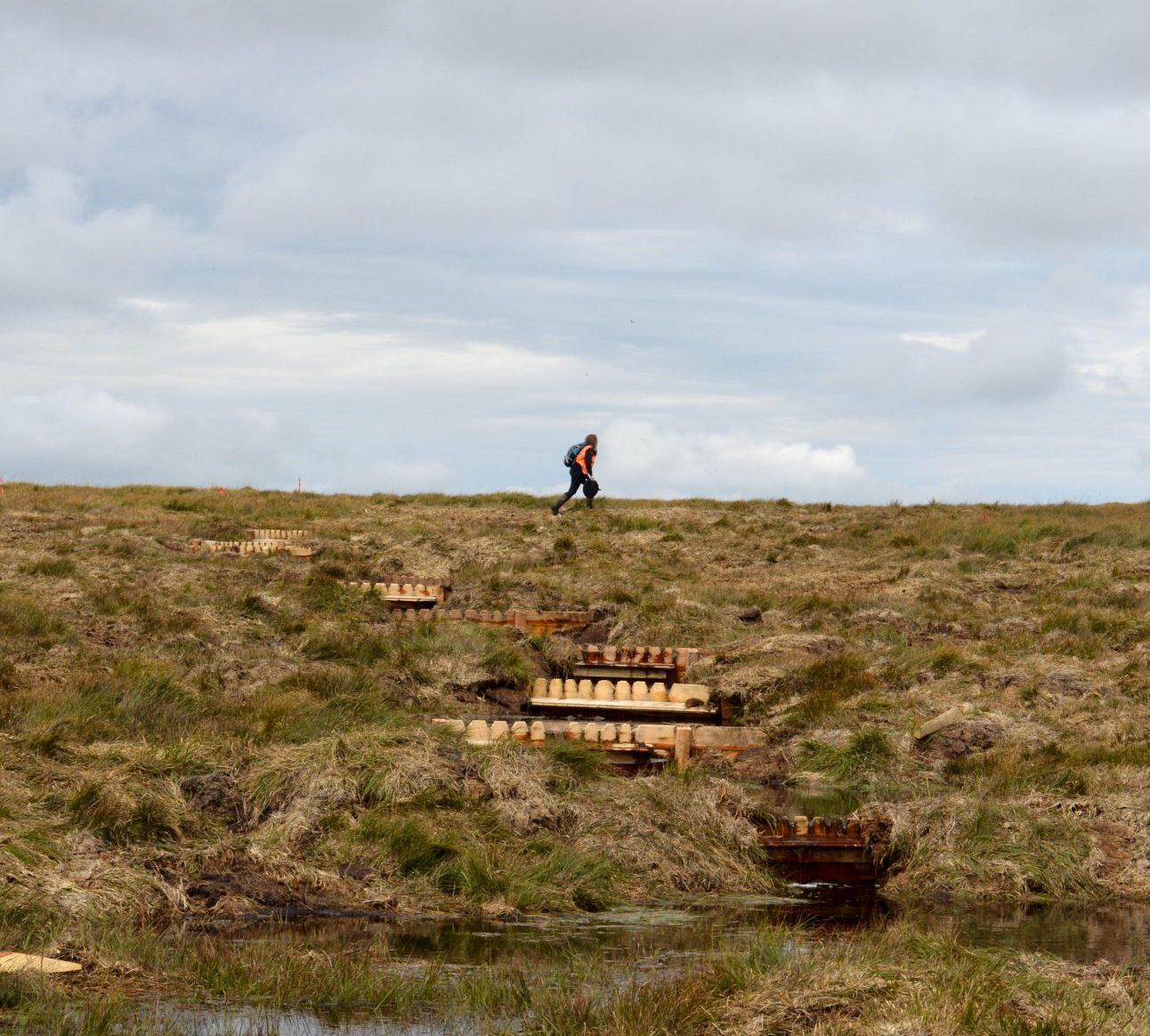
Five public transport-accessible destinations in National Parks
Travelling by public transport is a great way to explore our National Parks, here are five suggestions to get you started.

Published: 26 July 2024
Roaming our National Parks since as long ago as the Middle Ages, ponies are at home in many Protected Landscapes.
Though no longer wild in the UK, encountering a herd on a walk across the moors can feel like going back in time. Today’s farmers and commoners manage semi-wild herds of ponies in both lowland and upland areas, many using centuries-old practices that have long provided ponies an enduring place in the landscape. Ponies’ grazing helps to maintain heathland and grassland habitats in National Parks in the south and northwest of England.
The UK’s Protected Landscapes are home to many native ponies. Here’s more about some of our most beloved.
According to the Exmoor pony society, only 600 of the approximately 4,000 registered Exmoor ponies in the UK live on Exmoor. Despite this, they are a common sight on open moorland and seeing them is one of the most iconic moments of any visit to the Park. Their red, brown and black colouring and glossy coat make them easily recognisable.
One of the UK’s oldest native pony species, Exmoor pony populations greatly diminished after World War II and its thanks to huge conservation efforts since that they are once again a common sight on Exmoor today.
New Forest ponies are commonly found on areas of moorland and farmland across the New Forest. Like all National Parks ponies, they are managed by commoners. A long-standing tradition, commoning in the New Forest follows a practice with roots in the 13th century, with the overall stock overseen by a Court of ‘Verderers’ and fees collected by ‘Agisters’, who also look after the condition and welfare of ponies.
Another of the oldest breeds of UK pony, the Dartmoor pony is native to the open heath and moor of Dartmoor National Park. As well as purebred and heritage Dartmoor ponies, the Park is also home to many mixed breeds of pony known as Hill ponies. A Dartmoor pony can be identified from its mixed cousins by a dark coat always of a single colour, usually dark brown or bay.
Dales ponies are native to upland areas from Derbyshire to Northumberland, including the Peak District’s High Peak and the Cheviot Hills National Landscape. Traditionally used as farm animals, they were bred for various uses both in battle and at home during World War II and very few now remain. The species is critically endangered.
A close neighbour of the Dales pony, the Fell pony is another native UK pony that is most commonly found in upland areas of the Lake District. The hefting of Fell ponies is a key part of the traditional land management of the Lake District landscape.
Unfortunately, almost all UK native pony breeds are registered endangered. The maintenance of traditional breeding and commoning practices is key part to their survival as species, and you can do your bit when visiting National Parks too.
Like all livestock, you should take care around National Park ponies. Never attempt to touch or feed ponies unless you have express permission. If you do find yourself close to a pony, try to never stand behind them as like horses they could hurt you by kicking with their back legs.
Always keep dogs under close control when walking through pony fields and close all gates behind you. If you are driving in areas with ponies, remember to slow down until you are well out of their way.

Travelling by public transport is a great way to explore our National Parks, here are five suggestions to get you started.

From the best Parks to spot the rarest species to the threats and solutions for national insect populations, we're zooming in on some small but mighty heroes of National Parks.

Peatland is both visually stunning and precious for nature and climate but also is one of the most complex and most threatened. Let's dig into the peatlands in National Parks.